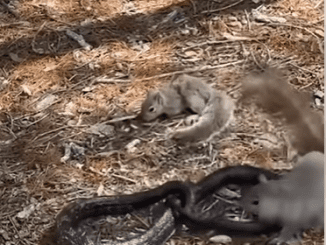

Snakes have long been misunderstood creatures, often portrayed as dangerous and fearsome predators. However, their fight for survival is a testament to their adaptability and importance in the ecosystem. Snakes play a crucial role as both predators and prey, helping to maintain balance in nature. Despite their resilience, they face numerous threats from human activity, habitat destruction, and climate change. As urbanization expands, natural habitats are shrinking, leaving snakes with fewer places to live and hunt. Additionally, illegal wildlife trade and snake skin demand further endanger their populations.


Farmers sometimes kill snakes, fearing for their livestock or crops, despite the fact that many snakes help control pests like rodents. Pollution and the use of pesticides also affect snake populations indirectly, as they poison the animals snakes rely on for food. Furthermore, some people hunt snakes out of fear or for cultural rituals, further pushing them toward extinction.


On the other hand, efforts are being made to protect these remarkable reptiles. Conservation organizations are working to educate the public about the importance of snakes and their ecological roles. Sanctuaries and rescue programs have been established to rehabilitate injured snakes and release them back into the wild. Scientists are studying snake venom for medical advancements, proving their value extends beyond ecosystems.


To ensure the survival of snakes, there is a growing need for coexistence between humans and wildlife. Simple actions, such as leaving snakes undisturbed and protecting natural habitats, can make a big difference. By appreciating their beauty and ecological significance, we can help secure a future where snakes continue to thrive in harmony with the environment. Their fight for survival reminds us of the delicate balance of nature and our responsibility to protect it.




